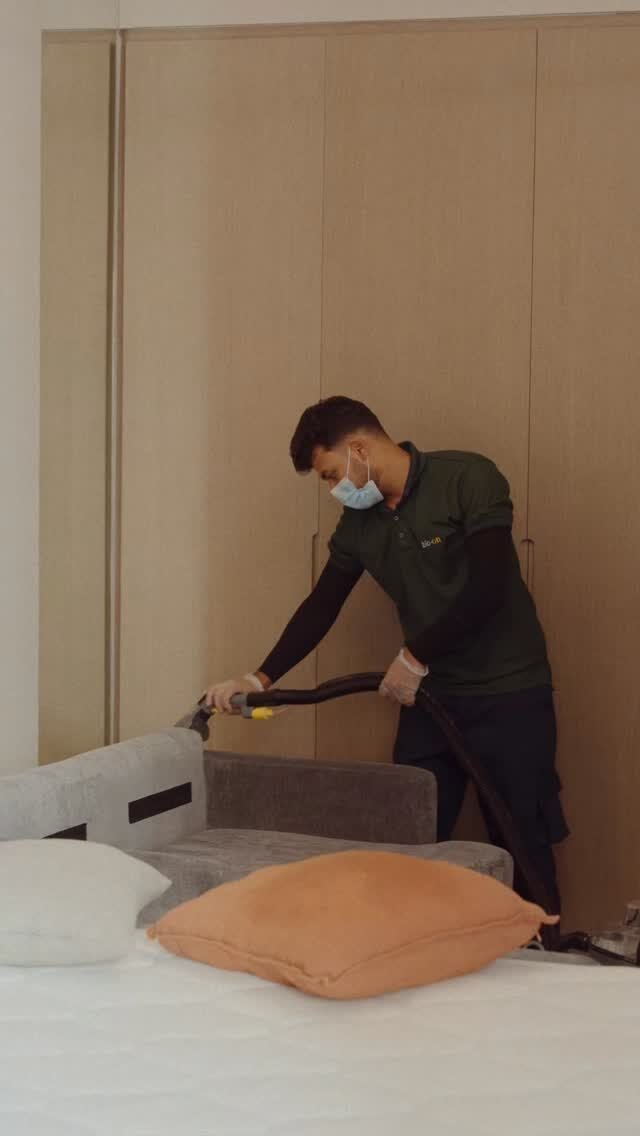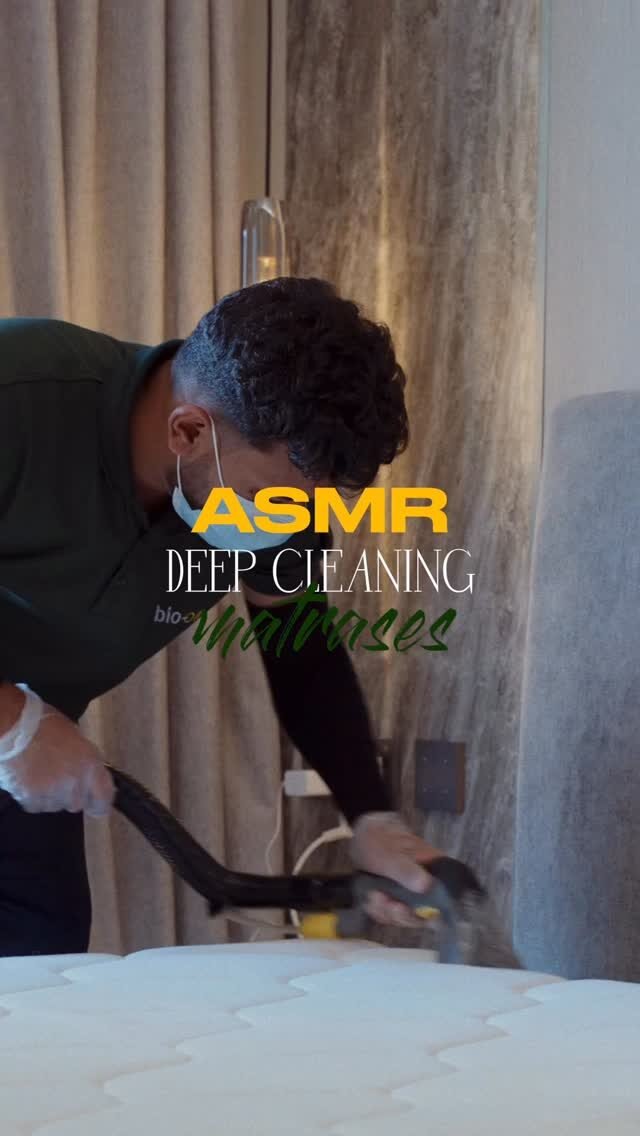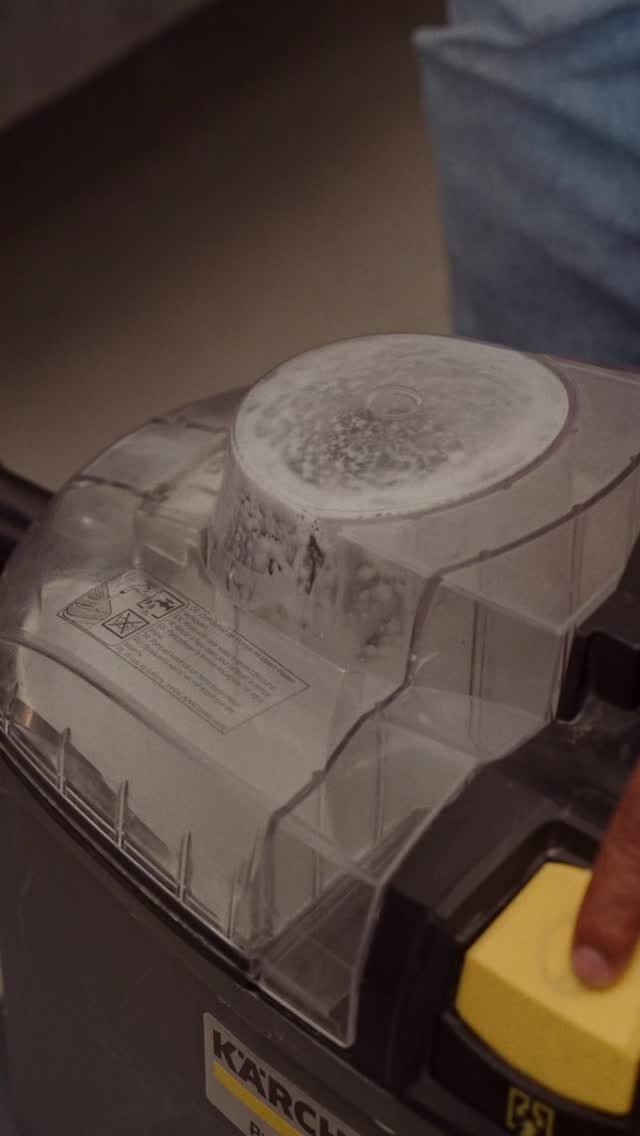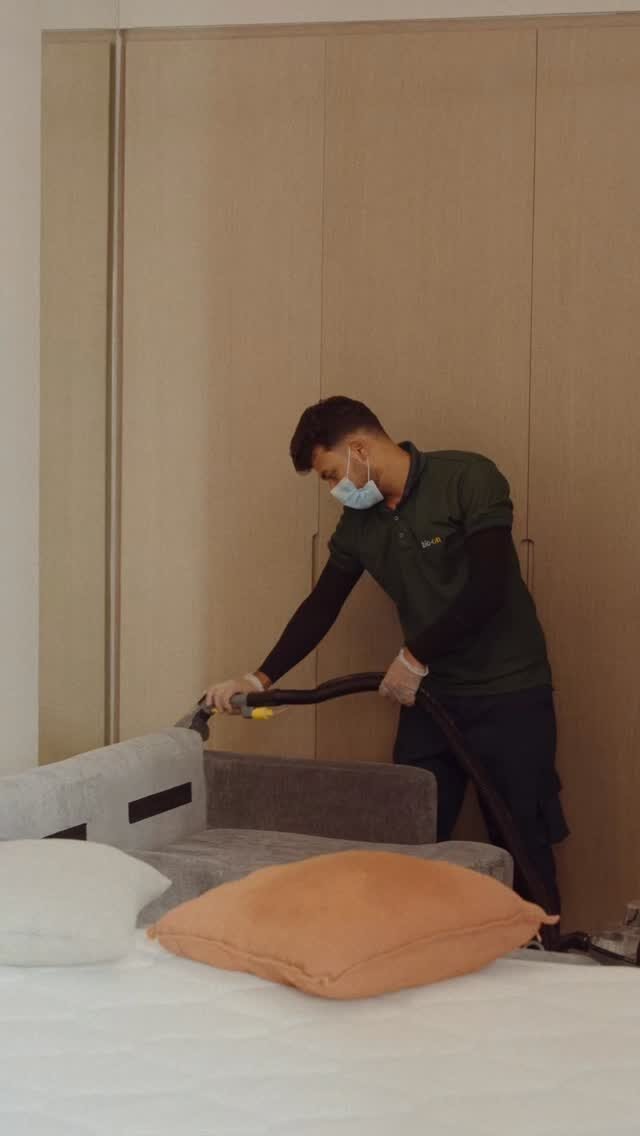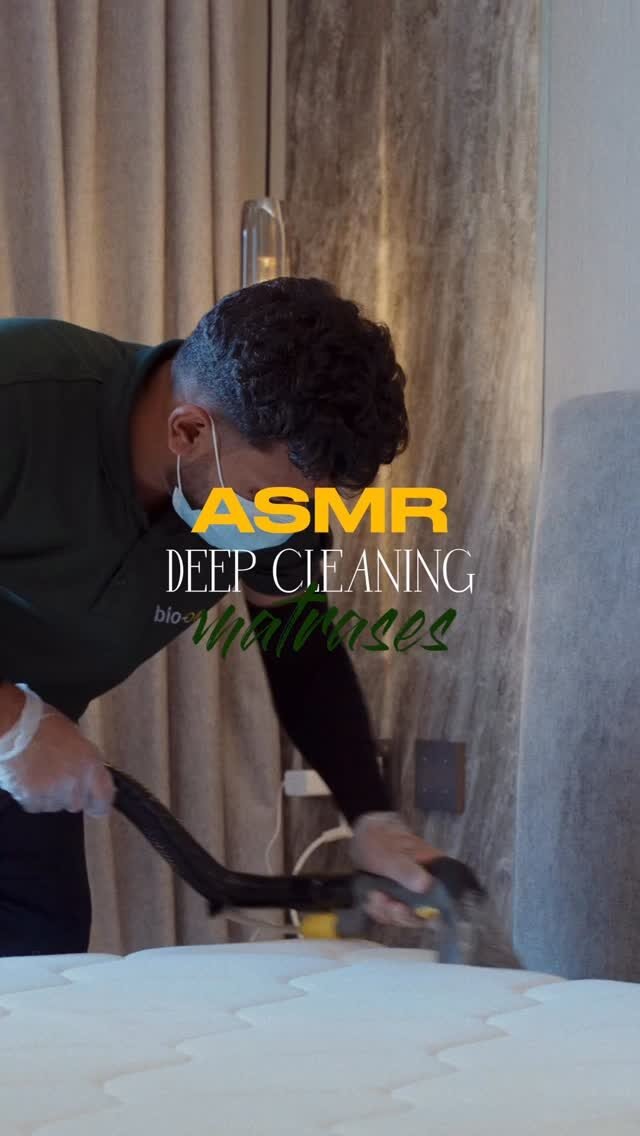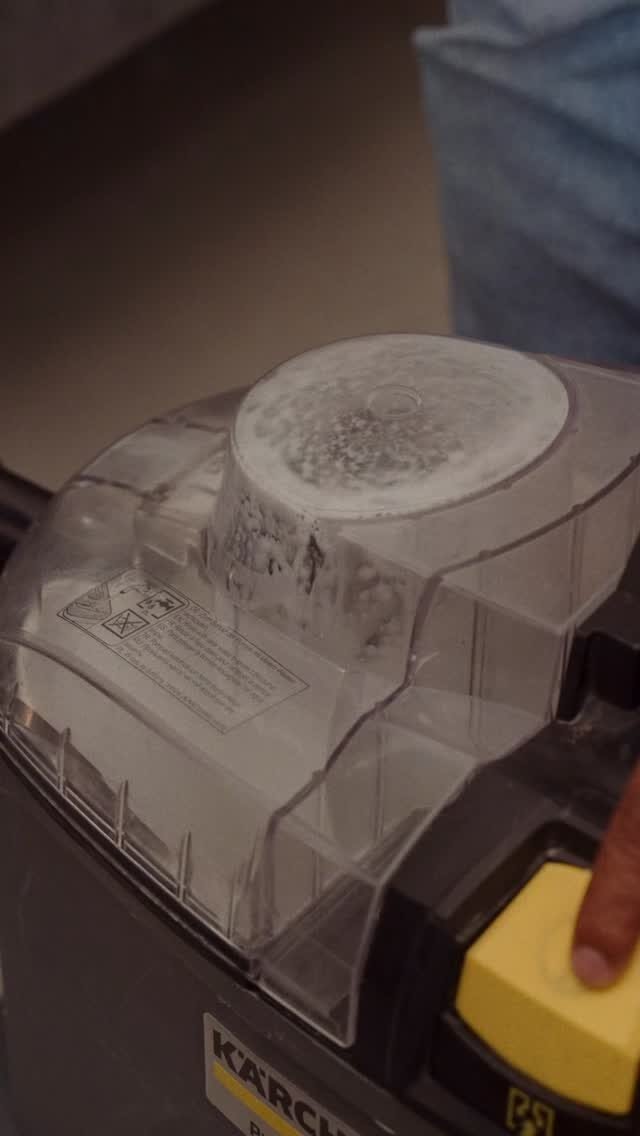A leaking roof is one of the most stressful problems a homeowner can face, especially in regions like the UAE where sudden rains can cause damage in just a short time. Many people only notice the leak when water starts dripping from the ceiling, but the truth is, by the time water enters your home, the problem has often existed for months or even years. Understanding the causes of a leaking roof is the first step in fixing it properly and preventing it from happening again. Let’s go in depth to explore the most common reasons roofs leak, how these issues develop, and what you can do about them.
Table of Contents
ToggleWeather and Environmental Stress
One of the biggest contributors to roof leaks is the weather itself. In the UAE, extreme heat during the day and cooler temperatures at night cause roofing materials to expand and contract repeatedly. Over time, this weakens shingles, tiles, and sealants, making them prone to cracks. During rare but heavy rainstorms, even a tiny crack can let water seep inside. Wind also plays a role by loosening tiles or blowing debris onto the roof that blocks water drainage. While we may not experience snow in this region, sandstorms can be equally damaging by wearing down protective coatings and exposing vulnerable areas of the roof.
Poor Installation and Workmanship
Another leading cause of leaking roofs is poor installation. When a roof is not installed according to proper standards, even high-quality materials cannot perform as intended. Common mistakes include improper sealing around vents, skylights, or chimneys, as well as incorrectly laid tiles or shingles that overlap in the wrong direction. Flashing, the thin metal sheets used to direct water away from roof joints, is especially sensitive to poor workmanship. If flashing is not secured correctly, water can easily find its way underneath, eventually leading to leaks inside the house.
Aging and Worn Materials
Even the best roofs don’t last forever. Roofing materials naturally wear down over time. Asphalt shingles can lose their protective granules, tiles may crack, and waterproof membranes may shrink or become brittle. In the UAE, constant exposure to ultraviolet rays speeds up the aging process, making materials more fragile. Once materials are worn, they can no longer form a solid barrier against water. This is why many leaks appear in older homes where the roof has not been replaced or maintained in decades. If your home is more than 15 to 20 years old, leaks are far more likely to occur.
Clogged Gutters and Poor Drainage
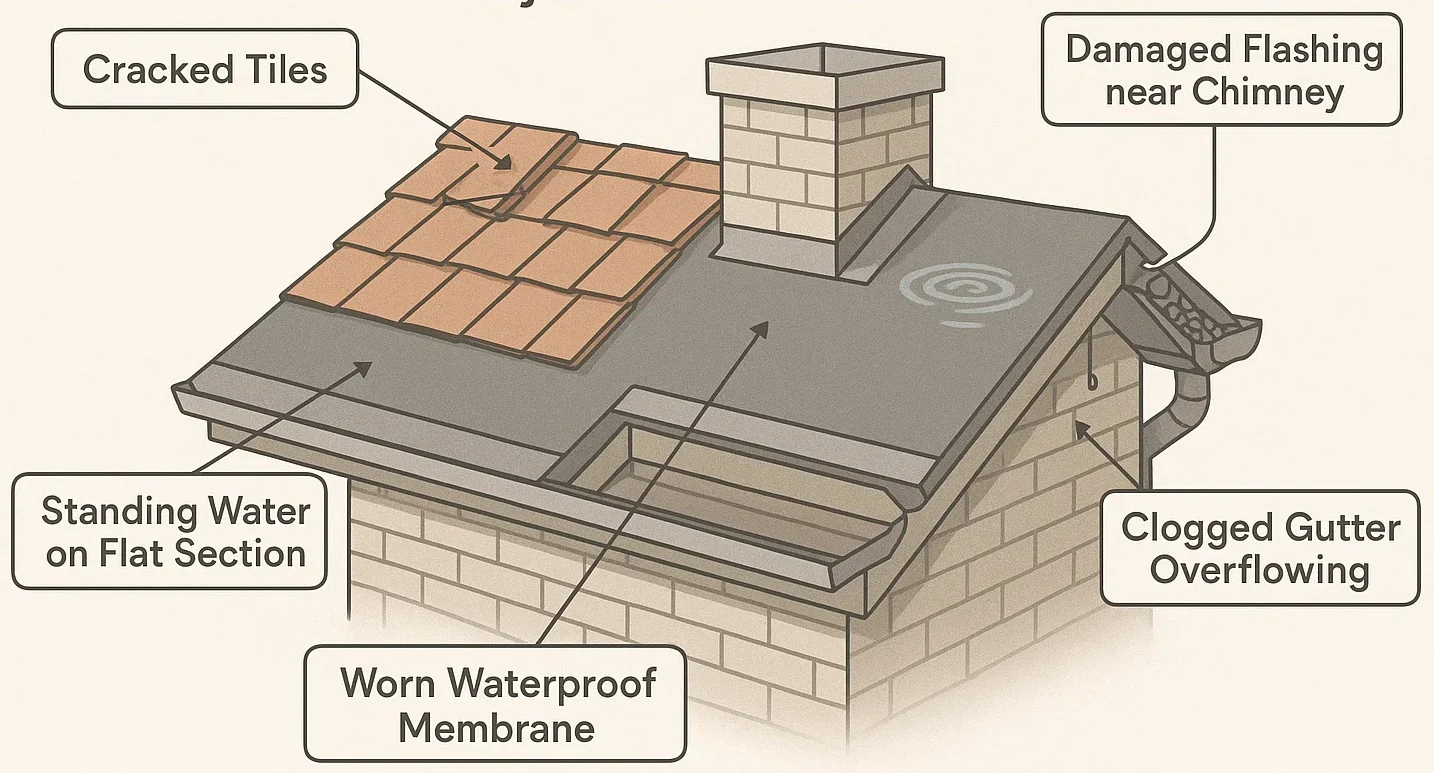
Roofs are designed to shed water quickly, but when gutters and drainage systems are blocked, water has nowhere to go. Leaves, dust, and debris can accumulate in gutters or roof valleys, creating mini dams that cause water to pool. Standing water is one of the worst enemies of any roof because it increases the weight load and gives moisture more time to find its way through cracks or seams. In flat-roof buildings, which are common in the UAE, poor drainage is one of the most common causes of leaks. Without a proper slope or functioning drains, water collects and eventually breaks through the weakest points.
Damaged Flashing and Sealants
Flashing and sealants play a critical role in keeping water out of vulnerable roof areas. They are usually placed around chimneys, skylights, vents, and edges where two surfaces meet. Over time, flashing can rust, bend, or come loose. Sealants may dry out, crack, or separate from the surface due to heat and weathering. Once flashing and sealants are compromised, water easily seeps through these weak spots. Unfortunately, leaks caused by flashing damage often go unnoticed because they start small and are hidden within the roof structure, only showing up as stains on ceilings weeks or months later.
Structural Issues and Roof Movement
Another cause of leaking roofs comes from the structure itself. Over time, houses settle and shift slightly. In regions with sandy soil or strong winds, this movement can be more pronounced. When the roof structure shifts, it creates small gaps between roofing materials. These gaps, though often invisible from the ground, allow water to penetrate. Heavy loads, such as water pooling on flat roofs or the weight of solar panels, can also stress the roof structure and increase the risk of leaks if not properly accounted for during construction.
Neglected Maintenance
One of the simplest yet most common reasons for leaking roofs is lack of maintenance. Many homeowners only pay attention to the roof once a visible leak has occurred, but by then, the damage may be extensive. Regular inspections, even once or twice a year, can catch small problems like cracked tiles, blocked gutters, or deteriorated sealants before they develop into leaks. In the UAE, maintenance is even more important because the combination of sand, dust, and heat wears down roof surfaces faster than in cooler climates. Without cleaning and minor repairs, small issues inevitably become major leaks.
Animal and Pest Damage
It might sound surprising, but animals and pests can also cause roof leaks. Birds sometimes peck at tiles or build nests in gutters and vents, blocking drainage. Rodents may chew through roofing materials or insulation, creating openings for water. Insects like termites can weaken the wooden structure that supports the roof, eventually leading to cracks and leaks. While these problems are less obvious, they should not be overlooked, especially in older buildings where small gaps already exist for pests to exploit.
Signs of a Leaking Roof
It’s not always easy to know when your roof has started leaking, because water can travel along beams and ceilings before appearing inside. Look out for these signs that suggest a leak is developing:
Water stains on ceilings or walls, peeling paint, mold growth, or a musty smell are often the first warnings. In some cases, you may notice damp insulation in the attic or water pooling around ceiling fixtures. Even small discolorations can signal a bigger problem above, so don’t ignore them. By the time water is visibly dripping inside your home, the roof leak has usually progressed far enough to require urgent repair.
Conclusion
Leaking roofs are caused by a variety of factors, from weather stress and poor installation to clogged drains and neglected maintenance. Each of these problems allows water to find a way through the roof’s protective layers, sometimes in ways that are invisible until damage becomes serious. The key to avoiding costly repairs is to understand these causes, watch for early warning signs, and maintain your roof regularly. With proper care, us and you can keep your roof strong and watertight, protecting your home from one of the most damaging problems a property can face.














